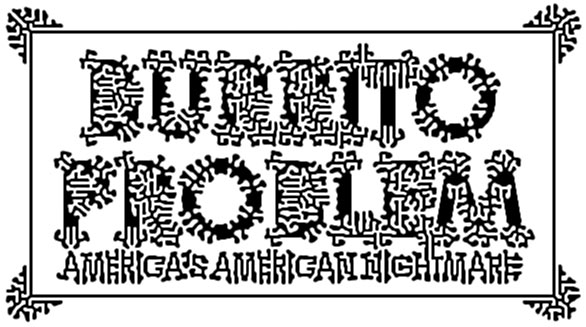Wednesday, August 24, 2005
Previous Posts
- 88th Floor
- Hi Guys
- Demi Moore
- Sad Clown
- Thull Skursday
- Research
- Do Not Eat
- New York City"Boroughs"
- We Provide ... Services
- An Avenue
Electric Libel BURRITO PROBLEM E3blmnt Prop. We Wish that the Dr. and Mrs. Jimbletarts Ph.D. Enjoy a Safe and Rousing Honeymoone with much NUPTUAL CONGREFS and MUTUAL ZENITHS. GOD BE PRAYSED.



1 Comments:
Lens flare is a phenomenon of some images produced by optical systems pointed toward bright sources of light. It is caused by the scattering, reflection, and refraction of light in lens systems.
It typically manifests as several starbursts, rings, or circles in a row across the image or view. This will become prominent when pointing a device such as a camera too near a bright source of light. Lens flare patterns will angle across the scene and change location with the camera's movement relative to light sources, tracking with the light position and fading as the camera points away from the bright light until it causes no flare at all. Flare will take the shape of the aperture; for example, if the lens has a 6-bladed aperture, there will be hexagonal shapes in the lens flare.
Lens flare is extremely difficult to control when a bright light source like the sun is just outside the frame.
When a bright light source is shining on the lens but not in its field of view, lens flare appears as a haze that washes out the image and reduces contrast. This can be avoided by shading the lens (the purpose for which lens hoods are designed). In a studio, a gobo can be attached to the lighting to keep it from shining on the camera.
Artificial lens flare is a common effect in various graphics editing programs, although it is rarely used and often mocked by professional graphic designers.
Post a Comment
<< Home